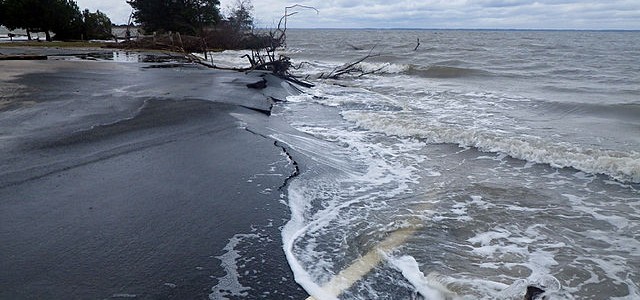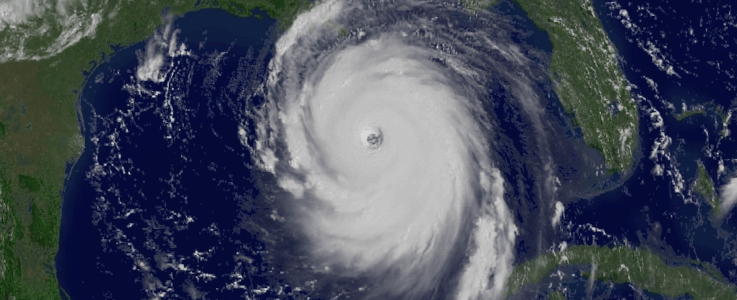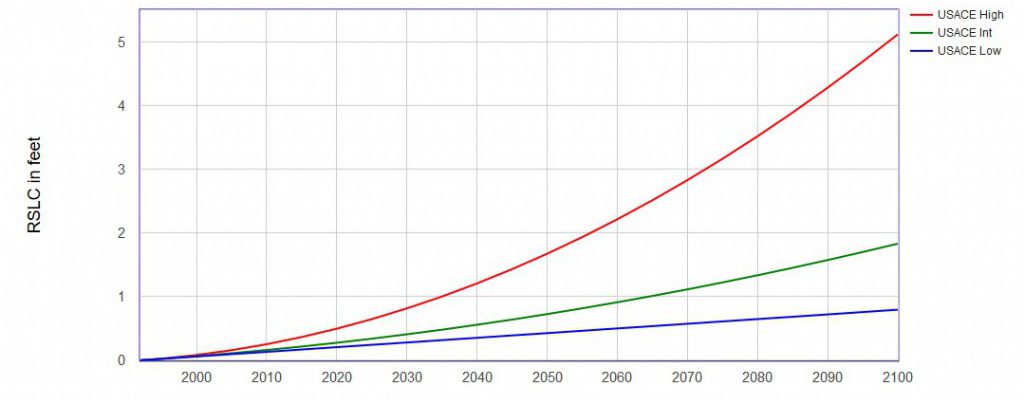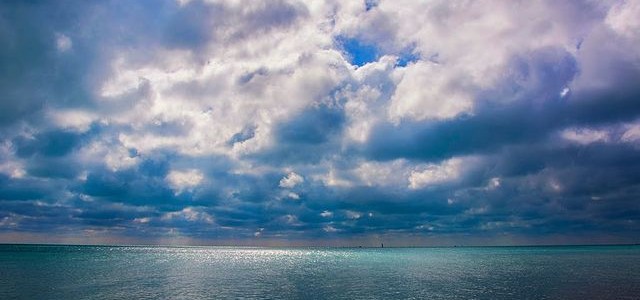Coastal
-

According to a recent New York Times article, a recent study in Geophysical Research Letters has shown that sea levels in parts of the Southeast are rising at six times the global average rise. Scientists have proposed a new mechanism for this oddity: Two large-scale atmospheric patterns had intersected to push up the water off the…
-

Now that we are entering the peak Atlantic hurricane season, emergency managers and others who have to plan for the impacts of a tropical system need every tool they can get to help assess threats and identify areas of concern before the storm is upon them. NOAA’s Hurricane-Induced Coastal Erosion Hazards tool can help managers…
-

The Washington Post has an interesting and terrifying analysis of what is likely to happen to Tampa Bay when a major hurricane like Katrina strikes that city. Estimates of damage top $175 billion, and according to the story, a World Bank study called Tampa Bay one of the most at-risk areas on the globe. Yet…
-

The US Army Corps of Engineers has produced a new tool that will help coastal planners identify the likely sea level rise that they may expect to occur over this century. The tool provides three levels of rise which show the range of possible values that coastal managers will have to deal with. You can…
-

For those of you who like sailing and exciting stories, here is a story from Smithsonian magazine I ran across today on the Mobile Bay sailing disaster of 2015, when hurricane-force winds “swept more than 100 boaters into one of the worst sailing disasters in modern American history.” Surprisingly, it is a story I don’t…
-

Recent studies on the rate at which sea level is rising due to warmer ocean water and melting ice sheets show that not only is sea level rising in most areas, but the rate at which it is rising is increasing. This has important implications for coastal communities, which often do planning based on the…
-

As a graduate student one of the things I studied was the climate of the last Ice Age about 18,000 years ago. Physics Today just published a really interesting study of the end of the Ice Age in Europe and how changes in sea level affected life there. It’s based on a computer simulation that…